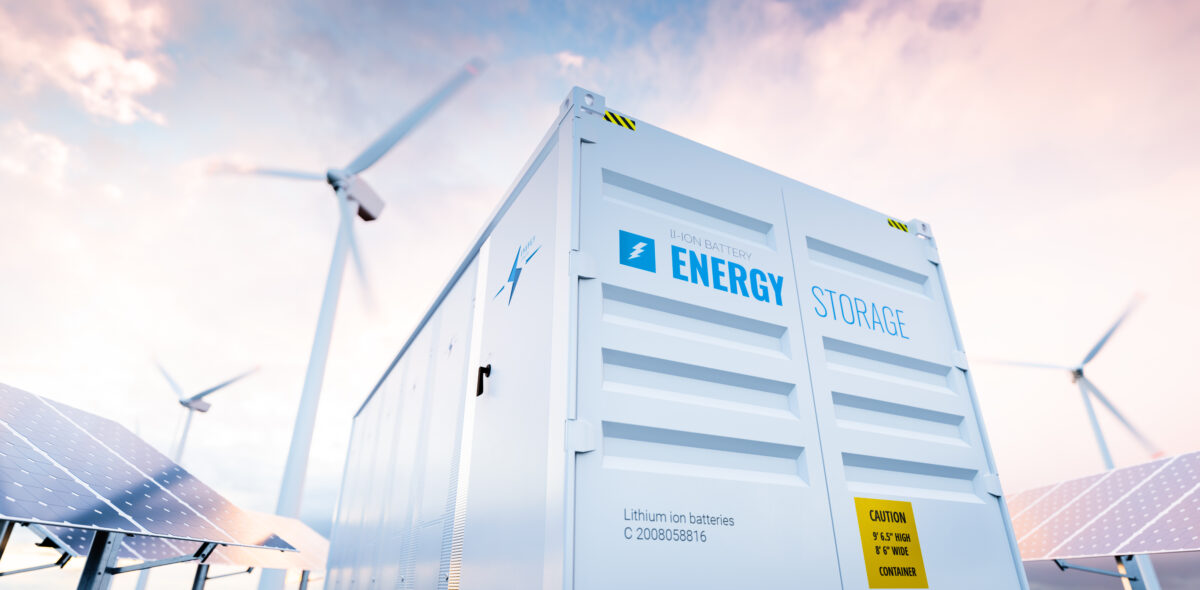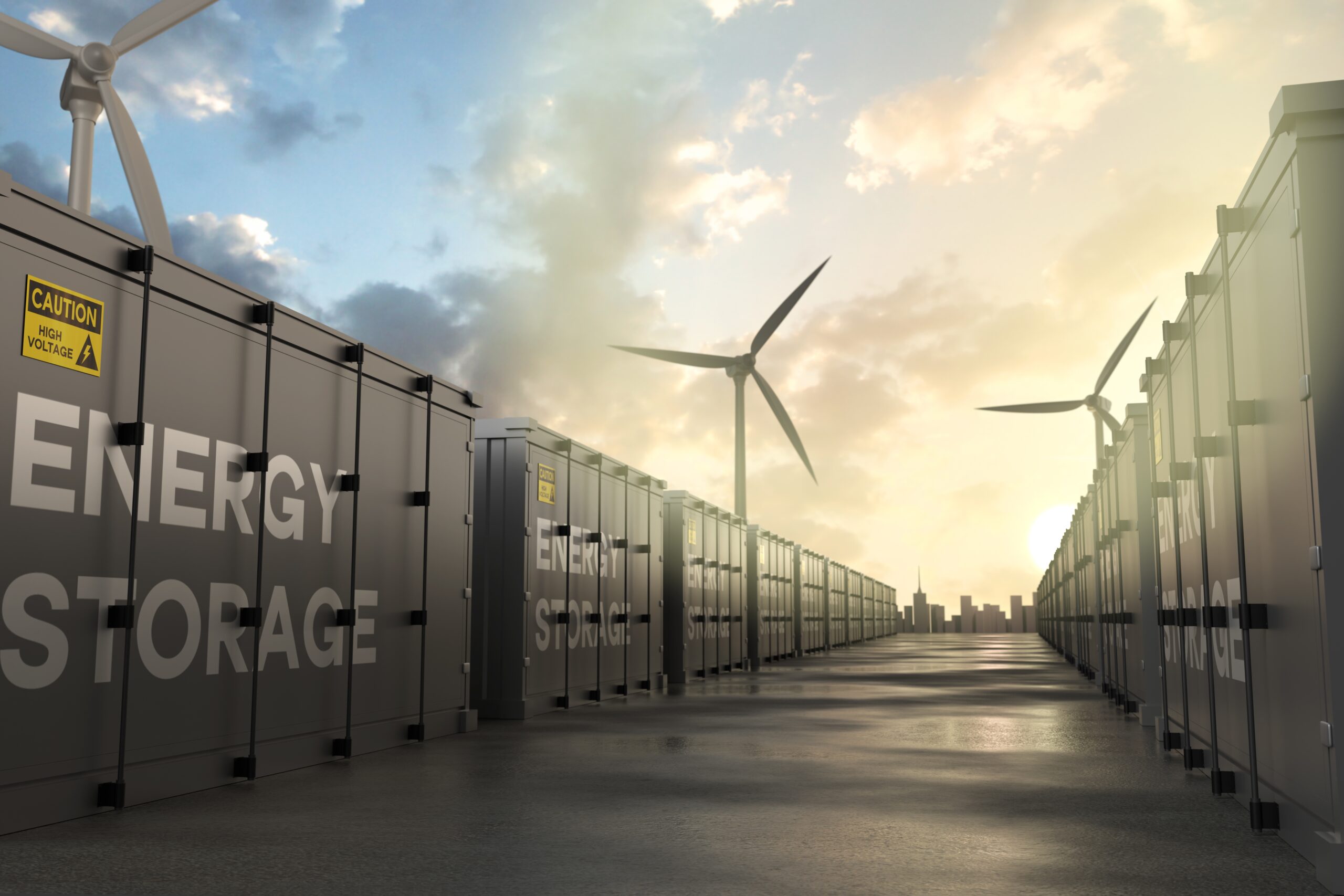Energy Storage Technologies are set to drive significant growth, with deployments expanding at a 27 percent compound annual rate through 2030. This rapid expansion underscores the vital role that Energy Storage Technologies play in shaping our energy future. Among these, pumped-storage hydroelectricity dominates by accounting for 99% of the bulk storage capacity worldwide—approximately 127,000 MW—even as innovative storage solutions continue to emerge at an accelerated pace.
Today’s energy storage technologies come in many forms. Electrochemical batteries use positive and negative electrodes to store power. Mechanical systems like flywheels keep energy through high-speed rotation. Some solutions store cold or warmth in water or rock. Compressed air systems offer another way to preserve energy. Each technology brings its own efficiency levels. To name just one example, pumped storage systems reach 70-80% efficiency, and some units push this number up to 87%.
This analysis gets into the engineering basics, performance measures, and ground applications of these storage solutions. It compares them in detail to help choose and set up the right system.

Core Energy Storage Technologies
Overview of Core Energy Storage Technologies
Battery energy storage systems are the life-blood of modern energy storage solutions that rely on electrochemical processes to store and release power. The system has several critical components. Battery cells are arranged in series or parallel configurations to meet specific voltage requirements. A sophisticated Battery Management System keeps track of cell performance, prevents overcharging, and maintains optimal temperature levels to ensure safe operation.
Large-scale energy preservation uses many mechanical storage methods. Pumped hydroelectric storage leads this category and accounts for more than 95% of utility-scale energy storage installations globally. Compressed air energy storage has operated since the 1870s and offers opportunities for both small-scale applications and larger installations. The first utility-scale system delivers over 290 MW capacity. Flywheel systems store rotational energy at speeds reaching 60,000 RPM in advanced designs that use carbon fiber materials and magnetic levitation.
Thermal storage solutions use various heat retention mechanisms. These systems work through three distinct approaches: sensible heat storage with water or rock mediums, latent heat storage with phase change materials, and thermochemical storage through reversible chemical reactions. Molten salt technology is a rapid and effective way to store energy, especially in concentrated solar power applications. The setup often requires substantial underground storage facilities.
Efficiency, Performance, and Applications
The efficiency rates of these technologies vary substantially. Pumped storage systems achieve 70-80% efficiency rates, with some installations reaching up to 87%. Compressed air energy storage systems typically run at 40-70% efficiency. Thermal storage solutions are flexible and work well in industrial settings, where waste heat capture and storage can boost overall system efficiency.
Each storage technology has unique advantages for specific uses. Battery systems work best in rapid-response scenarios and small-scale setups that need power for up to several hours. Mechanical storage options, especially flywheels, excel at grid stabilization and balancing. Thermal storage systems shine in managing both heating and cooling demands, making them invaluable in industrial processes.
Looking for energy solutions for your business? Contact us to arrange a free consultation and accelerate your organization’s energy transformation
Technical Implementation Challenges
You need to think about technical requirements and safety measures to integrate energy storage systems successfully. These systems are complex and need systematic approaches to implement them properly.
System Integration Requirements
Storage systems must work well with existing grid infrastructure, which creates several challenges Power systems just need sophisticated Energy Management Systems (EMS) to handle charging cycles, track live conditions, and use resources efficiently15. These systems process large amounts of data to make smart decisions about energy distribution and operations.
Grid codes create specific technical challenges by setting strict rules for connecting and running storage facilities. The systems must meet interconnection standards that cover voltage levels, protection mechanisms, and communication protocols.The design and location of energy storage facilities should work seamlessly with existing grid systems.
Storage systems lack standardization, which adds more complexity. Different manufacturers create their own battery specifications. This can cause compatibility issues when projects grow or need expansion. So, back-end support with cybersecurity measures, communication software, and grid upgrades becomes crucial to keep storage networks reliable.
Safety Protocols
Safety comes first when implementing energy storage systems. Battery systems, especially lithium-ion installations, need strong safety measures because they might face thermal runaway risks. Detailed safety standards must cover installation steps, emergency responses, and maintenance procedures.
Today’s safety requirements need multiple layers of protection. Battery management systems must get IEC61508 certification for functional safety. On top of that, emergency systems should have automated shutdown features and manual emergency stops to isolate the system quickly.
Environmental safety goes beyond day-to-day operations. Storage facilities must have proper procedures to handle contaminated runoff and manage the whole ordeal after incidents. The disposal of lithium-ion batteries needs special attention since they’re classified as hazardous waste with specific disposal requirements.
Emerging Storage Solutions
Storage technologies alter the map of energy today. State-of-the-art solutions tackle key challenges in eco-friendly practices and efficiency.
Sodium Ion Battery Development
Sodium-ion batteries provide a budget-friendly option compared to traditional lithium-ion technology. These batteries show volumetric density around half of LFP chemistry The U.S. Department of Energy has set aside $50M for five years to create the Low-cost Earth-abundant Na-ion Storage (LENS) consortium. This project focuses on developing powerful, durable sodium-ion batteries from accessible materials.
Hybrid Storage Systems
Hybrid Energy Storage Systems (HESS) mix different storage technologies that maximize performance benefits. These systems blend batteries with supercapacitors or flywheels to balance energy and power needs. The global hybrid energy storage market reached USD 1,497.70 million in 2023 and should grow USD 24,476.76 million by 2032. HESS setups excel through:
– Better system efficiency from complementary storage technologies
– Longer battery life with reduced cycling stress
– Superior power quality and grid stability
Next-Gen Materials
Material breakthroughs create major improvements in storage technology performance. Advanced materials under development target:
Anti-perovskite solid-state electrolytes show impressive ionic conductivity and stability with lithium-metal anodes. Transition-metal chalcogenide nanocrystals provide more electroactive sites for redox reactions and outperform standard electrode materials.
Scientists study nanocomposite materials for lithium-ion batteries and eco-friendly carbon fiber materials for energy uses. These advances should cut finished product costs in half through better functional properties. New materials show better durability in high-temperature environments and boost energy productivity efficiently.
These emerging technologies should solve current storage limitations. Sodium-ion batteries could end the need for cobalt and nickel but scientists still need to match phosphate-based lithium-ion batteries’ energy density. Hybrid storage systems offer better grid stabilization and work well for renewable energy integration.
Conclusion
Energy storage technologies show impressive variety and potential in many applications. These range from electrochemical batteries to mechanical and thermal systems. Each storage solution brings its own advantages to the table – lithium-ion batteries achieve 85-98% efficiency with quick response times. Pumped hydro systems maintain steady 70-80% efficiency rates when used in large-scale operations.
System integration needs proper planning along with safety protocols and standardization. Battery management systems must comply with strict IEC61508 standards. They also coordinate complex data streams to allocate resources effectively. Safety remains crucial, especially when you have lithium-ion installations that need advanced monitoring systems for thermal management.
New technologies are creating breakthroughs in this field. Sodium-ion batteries provide budget-friendly alternatives to traditional lithium-ion systems. Hybrid storage solutions mix different technologies to boost performance. Material breakthroughs, particularly in solid-state electrolytes and nanocomposite development, will improve storage capacity and operational efficiency substantially.
We have a long way to go, but we can build on this progress toward more efficient, green energy storage solutions. Storage systems will become more crucial in supporting renewable energy integration and grid stability as research advances and technologies mature. The expected annual growth rate through 2030s shows how energy storage will shape future power systems.






